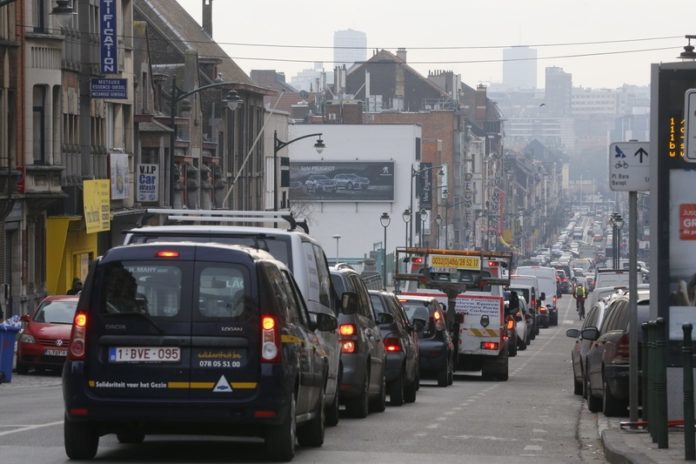While pollution decreased in Flanders during the coronavirus lockdown, ozone levels increased according to the Flanders Environment Agency (VMM).
The change in rural areas was less pronounced than in urban environments, according to an analysis by VMM and the Belgian Interregional Environment Agency (IRCEL).
There was a net drop of 30 to 40% of NO2, or nitrogen dioxide, in Antwerp, and a 20 to 40% drop in Ghent, both being major cities with lots of traffic. Comparatively, in Veurne, a town with little traffic, the drop was only 10%.
Related News
- Speed limited to 100km/h on Brussels ring road from September
- Diesel pollution: Flemish government gives up the fight
Levels of black carbon also dropped significantly, by 30 to 50% in Antwerp and 40 to 50% in Ghent, while a 15% drop was measured in Veurne.
Meanwhile, there was only a limited effect for fine particles, VMM said. This is “not an unexpected result,” according to VMM, as “particulate matter has many other sources besides traffic, such as wood combustion, industry and agriculture,” which were less impacted by the coronavirus (Covid-19) crisis, they explained.
Finally, there was a negative effect on ozone levels, according to VMM. The Agency noticed this in particular at traffic measuring stations. “This is because traffic emits NO (nitrogen oxide), which in turn breaks down ozone.”
“Because there was less traffic, the NO concentrations dropped," resulting in less ozone being broken down.
The Brussels Times

